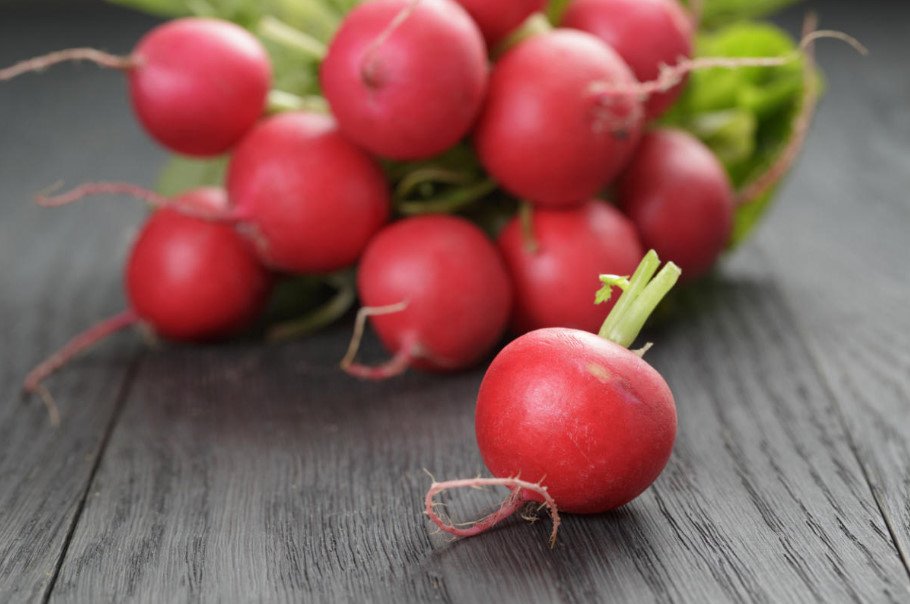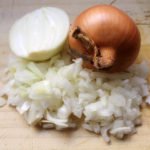According to the norms of nutrition, a person needs to eat 600-800 g (21-28 oz) of radish per year. Of course, fans of the burning root categorically disagree with such figures — there is evidence in various sources that a healthy person can eat up to 250-300 g (8.8-10.5 oz) of this vegetable per day. But pay attention to the difference in the wording: “you can” and “enough”. If you love radishes and you have no contraindications to its use, you can eat it for your own pleasure. It is especially popular in early spring, when the body is deficient in vitamins after a long winter. However, for some reason this vegetable is not considered particularly important and necessary for the body, and therefore the recommended consumption rate is very modest.
What is useful radish
Of course, vitamins. The root crops contain:
- vitamin C (ascorbic acid) – 25-30 mg / 100 g (3.5 oz); in some intensely colored varieties of its amount reaches 44 mg / 100 g (3.5 oz);
- vitamin B1 (thiamine) – 0.01 mg/100 g (3.5 oz);
- vitamin B2 (Riboflavin) – 0.04 mg/100 g(3.5 oz) ;
- vitamin PP (vitamin B3, Niacin, nicotinic acid) – 0.1 mg / 100 g (3.5 oz)
as well as:
- carotene (provitamin A);
- folic acid;
- vitamin B5 (Pantothenic acid);
- vitamin B6 (pyridoxine).
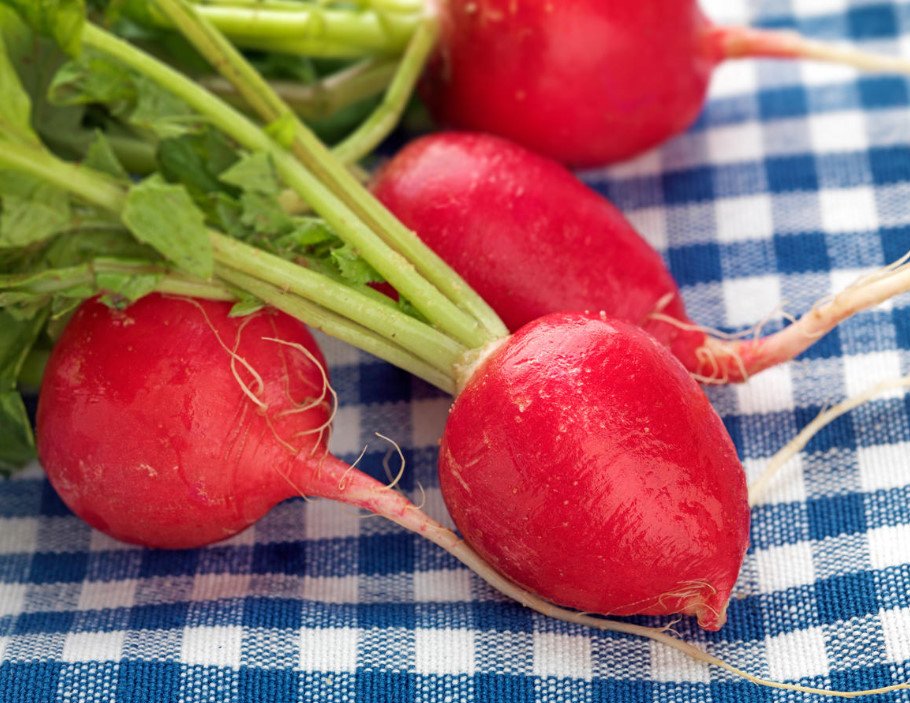
Young tops are also useful – there is no less vitamin C and carotene in it than in root crops.
In addition to vitamins, mineral salts of potassium, calcium, magnesium, sodium, and iron were found in the radish in a form that is well absorbed by the body, while root vegetables are not inferior to cabbage in terms of potassium content. Potassium and magnesium cause diuretic (diuretic), cardiotonic and hypotensive effects of radish.
About 3.5% of the composition of root crops is fiber. In combination with pectins (according to the content of which radish occupies one of the first places among vegetables) and essential oils, it has a beneficial effect on digestion.

Regular consumption of radish in food helps to cleanse the intestines of toxins. Mustard oil in the composition of root crops has an active antimicrobial and bactericidal effect and is able to suppress the activity of pathogenic microorganisms. Radish is also called a blood vessel cleaner — it helps to remove excess cholesterol.
And yet, despite its beneficial properties, this vegetable is rarely used to treat any diseases – it is more popular as a food, dietary product.
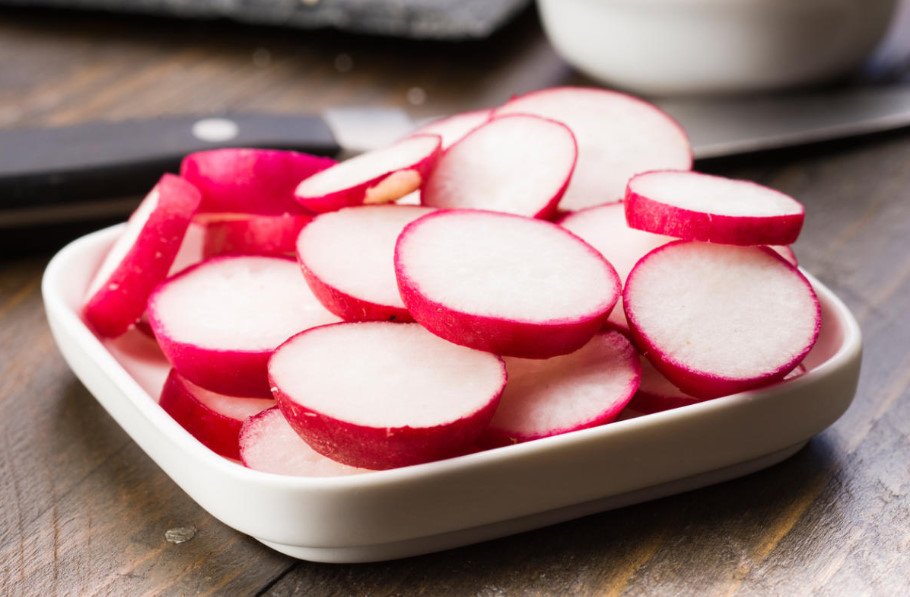
Individual recipes for the therapeutic use of burning root vegetables, of course, exist. For example, for colds, a mixture of radish and onion juices with honey is used (all ingredients are taken in equal parts). Take 2-3 times a day 1-2 tablespoons 15-20 minutes before meals for 7-10 days. To prevent the disease, you can prepare a vitamin drink from radish and carrot juices (1:1), which, among other things, has a beneficial effect on the digestive system. But on the other hand, in the cold season it is not so easy to find fresh radishes. So just include this vegetable in your diet, add it to salads and okroshka — both tasty and healthy.
The harm of radish and contraindications to its use
Due to its active effect on the gastrointestinal tract, radish can harm those who suffer from peptic ulcer of the stomach and duodenum; it is also not recommended to use it for enterocolitis and hyperacid gastritis. It is advisable to refrain from including radishes in the diet if you have serious liver and kidney diseases.
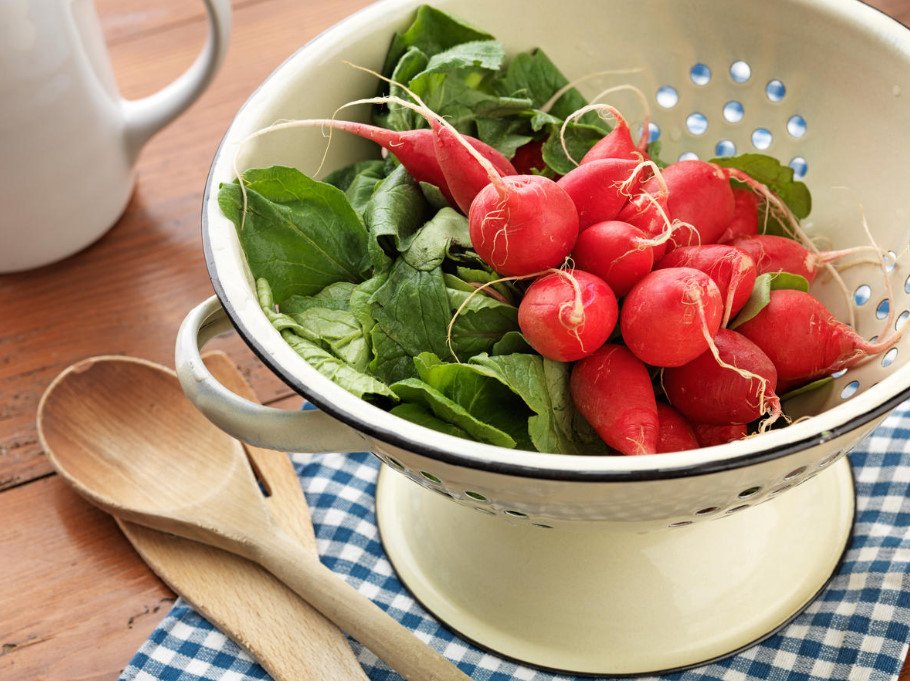
If none of these problems have touched you, you can safely eat radish — it will only benefit.
